Color of berry skin Blanc Hazards Mildew Wine color White wine | Sweetness of resulting wine Dry Higher classification Common Grape Vine | |
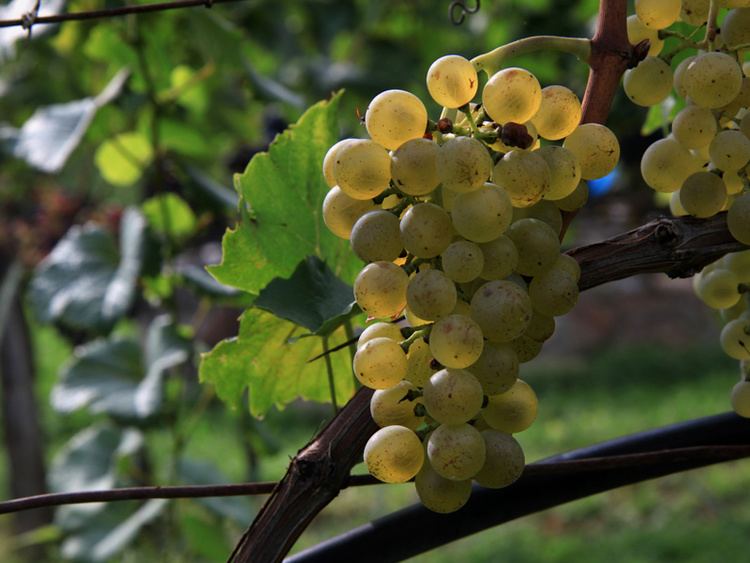 | ||
Similar | ||
M ller thurgau verwechslung der rebsorte bei der wohl bedeutendsten neuz chtung
Müller-Thurgau is a white grape variety (sp. Vitis vinifera) which was created by Hermann Müller from the Swiss Canton of Thurgau in 1882. It is a crossing of Riesling with Madeleine Royale. It is used to make white wine in Germany, Austria, Northern Italy, Hungary, England, Australia, the Czech Republic, Slovakia, Slovenia, New Zealand, the United States and Japan. There are around 42,000 hectares (104,000 acres) cultivated worldwide, which makes Müller-Thurgau the most widely planted of the so-called "new breeds" of grape varieties created since the late 19th century. Although plantings have decreased significantly since the 1980s, as of 2006 it was still Germany's second most planted variety at 14,000 hectares and 13.7% of the total vineyard surface. In 2007, the 125th anniversary was celebrated at the Geisenheim Grape Breeding Institute. Müller-Thurgau is also known as Rivaner (Austria, Germany, Luxembourg, and especially for dry wines), Riesling x Sylvaner, Riesling-Sylvaner (Switzerland), Johannisberg (Wallis canton in Switzerland), Rizvanec (Slovenia) and Rizlingszilváni (Hungary).
Contents
- M ller thurgau verwechslung der rebsorte bei der wohl bedeutendsten neuz chtung
- Weinschule folge 50 m ller thurgau rivaner
- History of the grape variety
- Genealogy
- German growing regions
- Europe
- Rest of the world
- Synonyms
- References
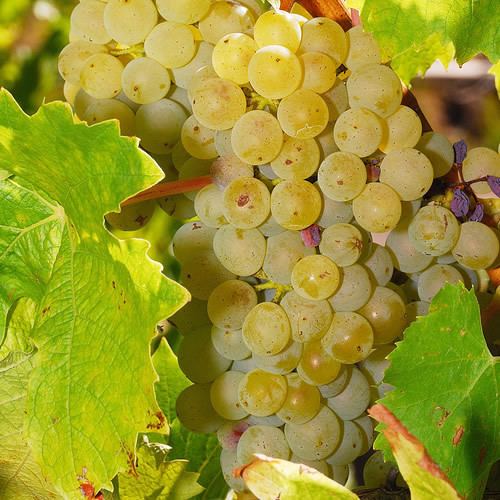
Weinschule folge 50 m ller thurgau rivaner
History of the grape variety
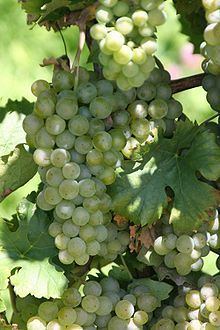
Most grapes have been created from a desire to harness qualities in two separate grapes and to generate a new vine that combines the qualities of both.
When Dr. Müller created the grape in the Geisenheim Grape Breeding Institute in the late 19th century, his intention was to combine the intensity and complexity of the Riesling grape with the ability to ripen earlier in the season that the Silvaner grape possesses. Although the resulting grape did not entirely attain these two qualities, it nonetheless became widely planted across many of the German wine-producing regions.
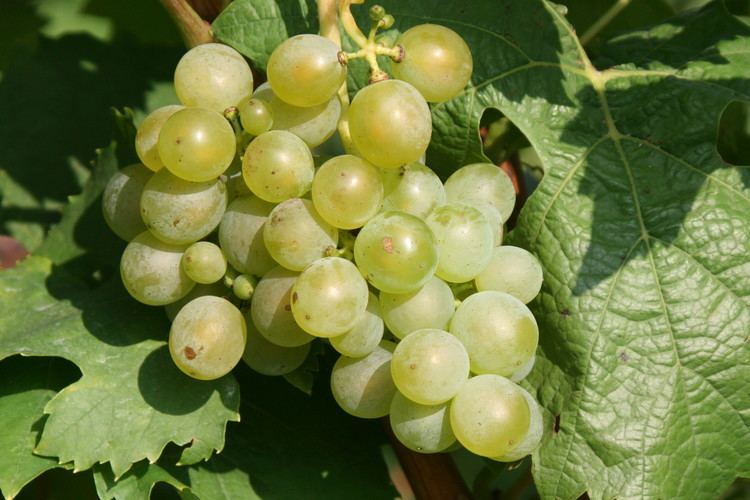
By the 1970s, Müller-Thurgau had become Germany's most-planted grape. A possible reason for the popularity of this varietal is that it is capable of being grown in a relatively wide range of climates and soil types. Many of these vines were planted on flat areas that were not particularly suitable for growing other wine grapes because it was more profitable than sugar beet, which was the main alternative crop in those locations. The vines mature early and bring large yield quantities, and are less demanding as to planting site than for example Riesling. Müller-Thurgau wines are mild due to low acidic content, but nevertheless fruity. The wines may be drunk while relatively young, and with few exceptions are not considered to improve with age. These facts meant that Müller-Thurgau provided an economical way to cheaply produce large amounts of medium sweet German wines, such as Liebfraumilch and Piesporter, which were quite popular up until the 1980s.
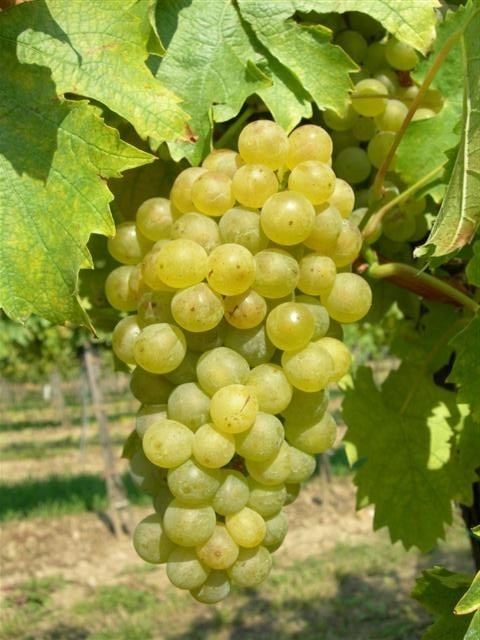
The turning point in Müller-Thurgau's growth however was the winter of 1979, when on 1 January there was a sharp fall in temperatures, to 20 °F (−7 °C) in many areas, which devastated most of the new varieties, but did not affect the varieties such as Riesling which have much more hardy stems, after hundreds of years of selection. In the decades since then, the winemakers have begun to grow a wider variety of vines, and Müller-Thurgau is now less widely planted in Germany than Riesling, although still significant in that country and world-wide.

While the total German plantations of Müller-Thurgau are declining, the variety is still in third place among new plantations in Germany, after Riesling and Pinot noir, with around 8% of all new plantations in the years 2006-2008.
Genealogy
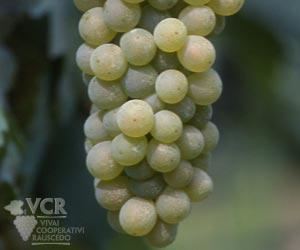
Recent DNA fingerprinting has in fact determined that the grape was created by crossing Riesling with Madeleine Royale, not Silvaner or any other suggested grape variety. But there has been some confusion on the way. In 1996, Chasselas seemed to be a valid candidate, and in 1997 the Chasselas variety Admirable de Courtiller was specified. However, this was shown to be wrong when the reference grape that was believed to be Admirable de Courtiller was proven in the year 2000 to be Madeleine Royale. Madeleine Royale was long believed to be a Chasselas seedling, but modern DNA fingerprinting methods suggest that it is actually a crossing of Pinot and Trollinger.
German growing regions
As of 2006, German regional plantings stood at:
Outside of Germany, the grape has achieved a moderate degree of success in producing lively wines in Italy, southern England (where most other grapes will not ripen in many years) Luxembourg (where it is called Rivaner), Czech Republic, and the United States.
In Germany, it has long been common to blend Müller-Thurgau with Bacchus, or small amounts of Morio Muscat to enhance its flavours. Both are highly aromatic which don't work very well in varietal wines on their own because of a lack of acidity or structure.
Europe
It is authorised for all still wine AOCs : Côtes de Sambre et Meuse, Hageland, Haspengouw, et Heuvelland.
Rest of the world
Synonyms
Synonyms for Müller-Thurgau include Miler Turgau, Müller, Müller-Thurgaurebe, Müllerka, Müllerovo, Muller-Thurgeau, Mullerka, Mullerovo, Riesling-Silvaner, Riesling-Sylvamer, Riesling x Silavaner, Rivaner, Rizanec, Rizlingsilvani, Rizlingszilvani, Rizlingzilvani, Rizvanac, Rizvanac Bijeli, Rizvanec, Rizvaner.
